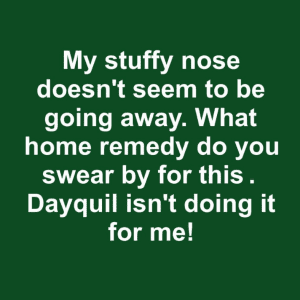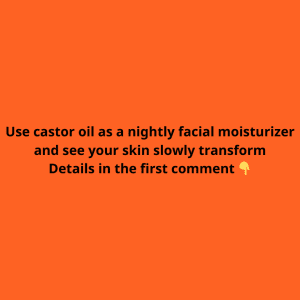There’s something magical about having freshly painted nails. Whether it’s a pop of color or a sparkly design, a good manicure can brighten your day. But did you know that some nail polishes could be exposing you to toxic chemicals? While your manicure may look great, it could come with hidden health risks. In this article, we’ll explore what you need to know before applying nail polish, focusing on potential dangers and safe alternatives.
The Hidden Dangers Lurking in Nail Polish
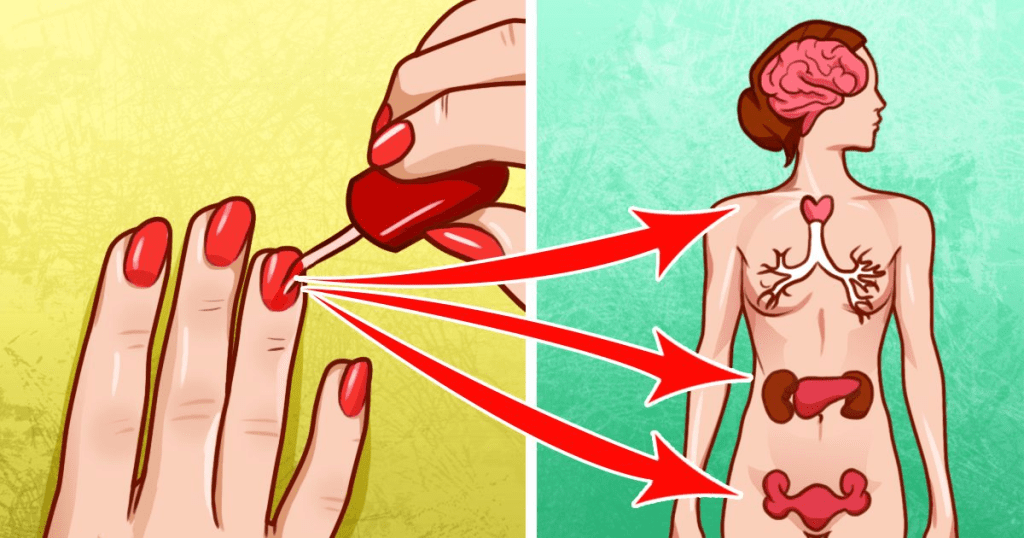
Most nail polishes contain a mix of chemicals that help them adhere, shine, and last longer. Unfortunately, some of these ingredients pose significant health risks, especially with repeated exposure.
1. The “Toxic Trio” of Nail Polish Ingredients
The “toxic trio” refers to three harmful chemicals commonly found in nail polish: toluene, formaldehyde, and dibutyl phthalate (DBP). Let’s break down the risks associated with each:
- Toluene: Used to prevent polish ingredients from separating, toluene can cause headaches, dizziness, and respiratory issues. With long-term exposure, it can damage the nervous and reproductive systems. Surprisingly, it’s the same chemical found in gasoline!
- Formaldehyde: Often added as a hardening agent, formaldehyde helps create a durable finish. However, it’s also a known carcinogen, linked to various types of cancer. Additionally, it’s used to disinfect manicure tools, adding to exposure risks.
- Dibutyl Phthalate (DBP): This chemical keeps nail polish from cracking but is known to affect the reproductive system. It’s even banned in some European countries due to its potential hazards.
These chemicals are most dangerous to nail salon workers who are exposed daily in poorly ventilated spaces. But casual users should still be cautious, as repeated use over time can lead to adverse health effects.
How Nail Polish Ingredients Can Affect Your Health
If you’re a regular user of nail polish, you should be aware of the potential health risks that come with constant exposure:
1. Short-Term Effects
- Headaches: The strong fumes from toluene and formaldehyde can trigger headaches and dizziness.
- Eye and Throat Irritation: Fumes can irritate the eyes, nose, and throat, leading to discomfort during application.
- Skin Sensitivity: If nail polish comes into direct contact with the skin, it can cause rashes, dryness, or allergic reactions.
2. Long-Term Health Risks
- Respiratory Issues: Prolonged exposure to nail polish fumes can contribute to respiratory problems, particularly for those working in poorly ventilated salons.
- Hormonal Disruption: Chemicals like DBP can interfere with hormone function, affecting reproductive health over time.
- Cancer Risks: Formaldehyde is linked to various cancers, making it a serious concern for regular polish users and salon workers alike.
Ways to Minimize Exposure to Harmful Chemicals
You don’t have to give up your beloved manicure entirely! There are steps you can take to reduce your exposure to these harmful ingredients.
1. Choose Non-Toxic Nail Polishes
- Look for “3-Free” or “5-Free” Labels: These labels indicate that the polish is free of the “toxic trio” and possibly other harmful ingredients like camphor and formaldehyde resin.
- Opt for Natural Brands: Some brands offer water-based formulas that use safer ingredients. They may not last as long as traditional polishes, but they’re much safer for your nails and overall health.
By choosing non-toxic polishes, you can enjoy beautifully painted nails without the worry.
2. Choose a Safe Salon
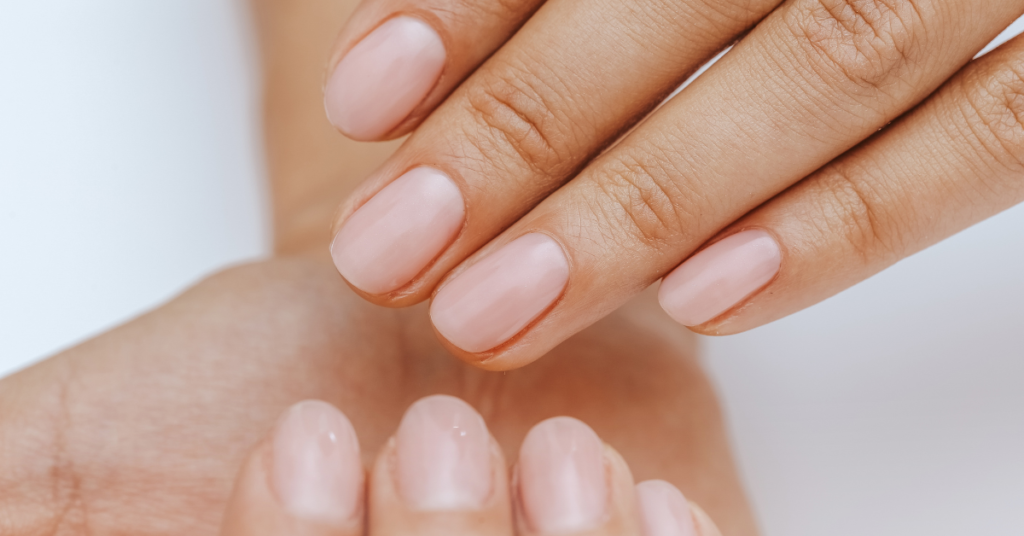
If you frequently visit nail salons, it’s important to pick a safe environment:
- Ventilation Matters: Well-ventilated salons help reduce the concentration of fumes, minimizing health risks for both clients and workers.
- Ask About the Products Used: Don’t hesitate to ask the salon if they offer non-toxic polish options and if they use formaldehyde-free disinfectants.
- Certified Salons: Some states, like California, recognize salons that meet certain safety standards, such as using safer products and providing better ventilation. Look for these certifications before booking your appointment.
3. Give Your Nails a Break
It’s easy to get into the habit of keeping your nails painted at all times, but it’s crucial to let them breathe:
- Go Polish-Free for a Few Days: Remove your polish and leave your nails bare for a few days each month. This reduces your exposure to harmful chemicals and allows your nails to recover.
- Apply a Nourishing Oil: Use cuticle oil or natural oils like jojoba or vitamin E to keep your nails and cuticles moisturized during polish breaks.
How to Make Your Manicures Safer at Home
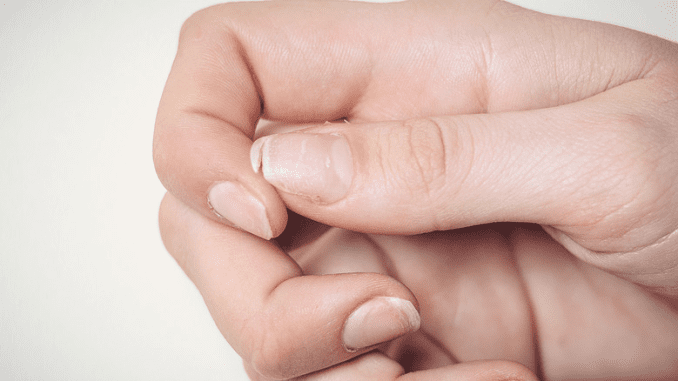
If you prefer DIY manicures, there are a few precautions you can take to make the process safer:
1. Apply Nail Polish in a Well-Ventilated Area
Avoid doing your nails in small, enclosed spaces. Open windows, turn on a fan, or even step outside to minimize fume inhalation. Proper ventilation significantly reduces the risk of respiratory irritation.
2. Use Protective Base Coats
A good base coat not only helps your manicure last longer but also creates a barrier between your nail and the polish. This reduces the risk of chemical absorption and protects the health of your nails.
3. Opt for Non-Acetone Nail Polish Removers
While acetone-based removers are effective, they can be harsh on your nails and skin. Non-acetone removers are gentler and less drying, making them a better choice for regular polish users.
How to Care for Your Nails Between Manicures
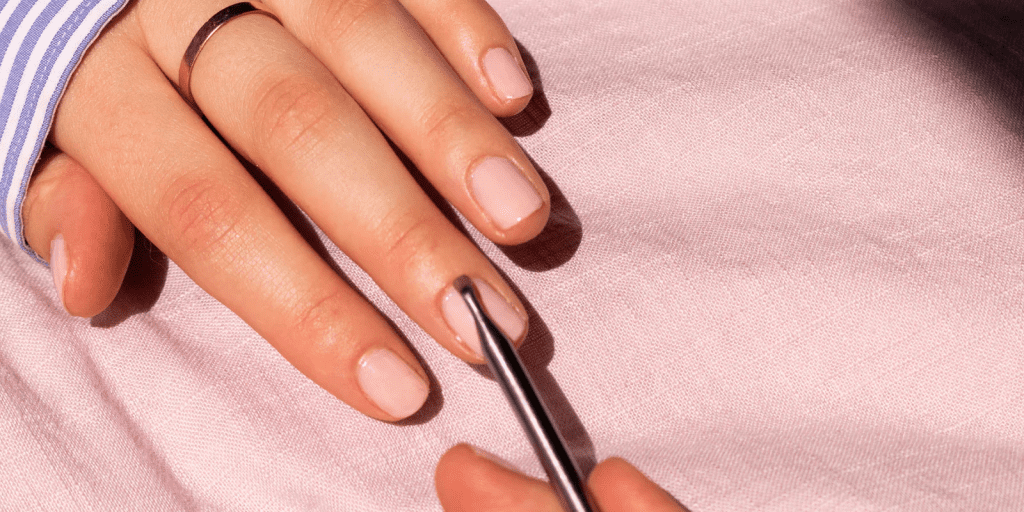
Keeping your nails healthy is just as important as choosing safer polishes. Here are some simple tips to maintain strong, beautiful nails:
- Moisturize Regularly: Dry, brittle nails are more likely to break or peel. Use hand cream and cuticle oil regularly to keep them hydrated.
- Trim and File Your Nails: Keep your nails at a manageable length to avoid snags and breaks.
- Eat a Balanced Diet: A diet rich in biotin, vitamin E, and omega-3 fatty acids can promote nail health from the inside out.
Conclusion: Enjoy Your Manicures Safely
Manicures can be a fun and uplifting part of your beauty routine, but it’s important to be mindful of the potential risks associated with traditional nail polishes. By choosing non-toxic products, selecting safer salons, and giving your nails a break, you can minimize exposure to harmful chemicals. Remember, your health is just as important as your manicure!

